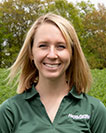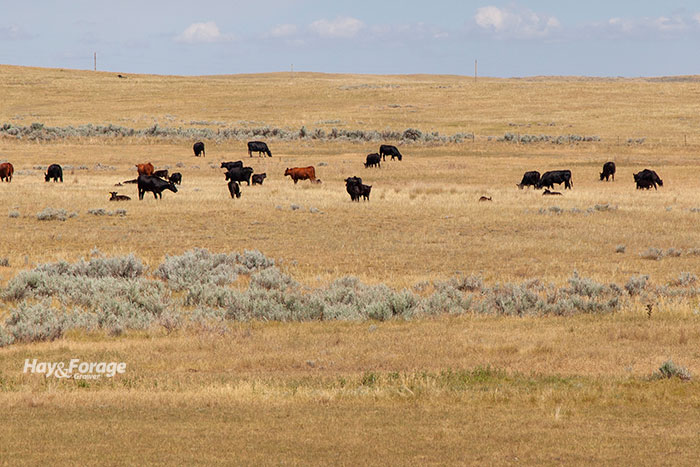Drought mitigation is ongoing |
| By Amber Friedrichsen, Associate Editor |
|
|
|
Although summertime is in the rearview mirror, drought concerns linger in many regions. The combination of dryness and heat not only warrants slow plant growth in the short term, but it can also lead to long-term damage in perennial forage stands. In regard to grazing systems, Vanessa Corriher-Olsen, a forage specialist with Texas A&M AgriLife Extension Service, and Jamie Foster, an agronomist with Texas A&M AgriLife Research, say drought damage will be less severe if forage and livestock are managed properly during periods of low moisture. This includes adjusting stocking rates, modifying grazing tactics, and planning ahead for future years. During the dryness When drought conditions cause forage production to decline, reduce stocking rates to prevent overgrazing. The specialists advise culling old cows, open cows, and those with poor dispositions. They also recommend contacting a veterinarian to conduct pregnancy checks and assess animals for health issues that warrant elimination from the herd. Another option to limit stocking rate is to wean calves and sell them early. This will not only lower the number of animals on pasture, but it will also lower cows’ forage consumption and nutrient requirements as they will no longer be lactating. Either way, don’t hesitate to adjust stocking rates at early signs of drought. “The longer decisions to decrease livestock numbers are delayed, the sooner forage supply will be exhausted,” the specialists state. “Delaying the decision to reduce the stocking rate during a drought accelerates financial losses of the enterprise.” Once a new herd size has been established, be strategic about pasture strategies. Leave 3 to 4 inches of stubble height after a grazing event to protect critical growing points on plants and safeguard root systems. Then, wait until forage is at least 6 inches tall before allowing livestock to graze it again. The specialists note drought-stressed forage may not have enough energy to achieve sufficient regrowth. In this case, defer grazing, relocate livestock to a barn or a sacrifice paddock, and feed them hay. Overgrazing could expose bare soil and encourage weeds to proliferate, and herbicides are not as effective when it is dry. “Plant mechanisms in response to a drought will prevent adequate entry of herbicides into plants and result in a high-cost application with little control of a specific weed,” the specialists warn. After a drought To limit drought damage in the future, test soil fertility and apply nutrients and lime accordingly. The specialists suggest timing these applications just prior to rainfall events at the beginning of the growing season to maximize product efficiency. Additionally, continue to monitor stocking rate, and consider implementing rotational grazing. This will give plants more time to rest between grazing events and will benefit forage regrowth. With that said, be prepared to supplement animals with stored feed if recurring drought conditions threaten forage supply. “Managing for drought is complex and it must take place throughout the calendar year,” the specialists conclude. “Be sure to graze properly in the summer and plan ahead for fall, winter, and spring forage production so that feeding of hay or supplements is minimized.”  Amber Friedrichsen Amber Friedrichsen served as the 2021 and 2022 Hay & Forage Grower summer editorial intern. She currently attends Iowa State University where she is majoring in agricultural communications and agronomy. |

